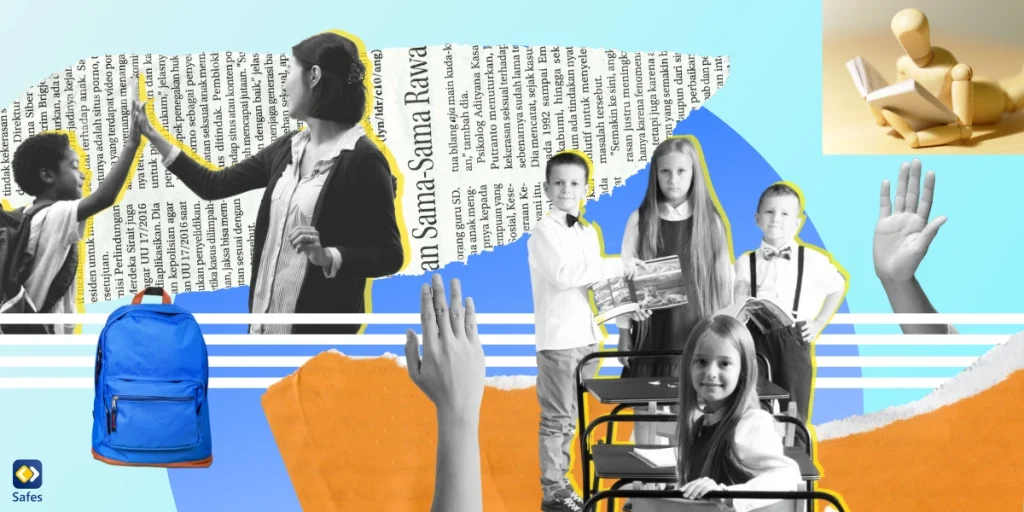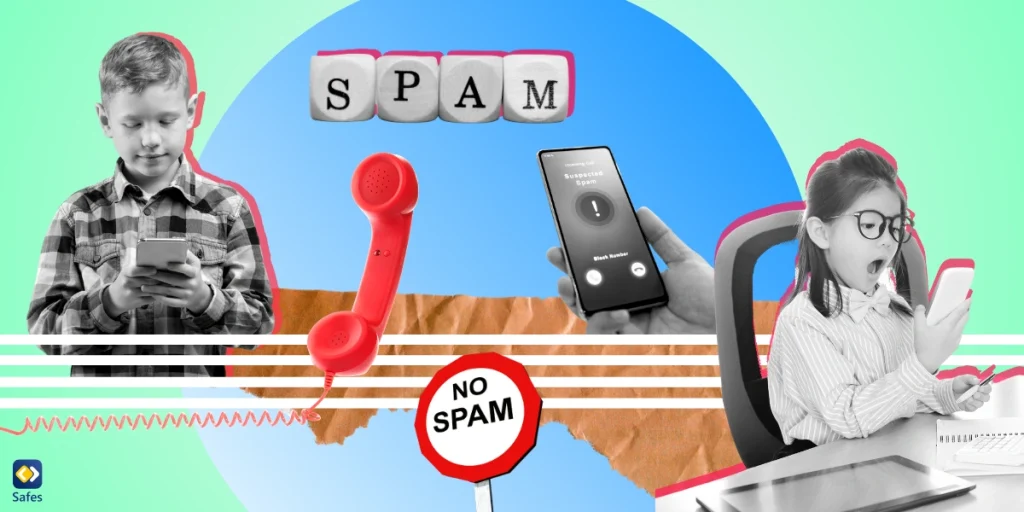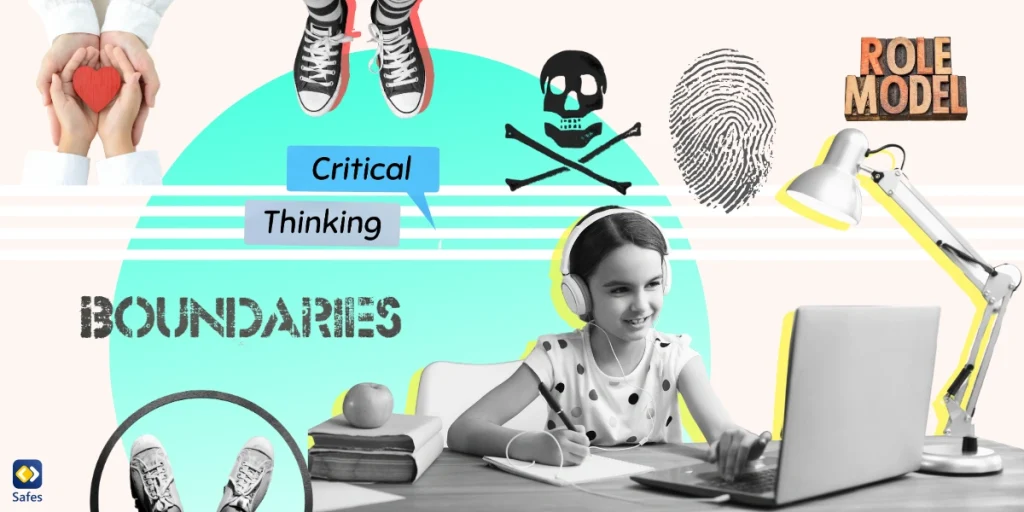Today’s classrooms are indeed different from those in the past. Children today want to have a bigger role in their own lives, and they are not wrong. So the classrooms should also mirror this change in attitude by giving more voice to students. Gone are the days of one-dimensional, teacher-led instruction. Instead, we’re diving into a world where students are the protagonists of their learning journey. In this journey, students have more autonomy on what to learn and how to learn it, and there’s more focus on important matters such as critical thinking and implementing technology. This guide provides teachers with the basics of understanding and transitioning to a student-centered classroom.
Download and Start Your Free Trial of the Safes Parental Control App
Grasping Student-Centered Learning
Before getting into the nitty-gritty of how to implement student-centered approaches into our classrooms, let’s see how teaching and learning are fundamentally different in this approach.
A Fresh Perspective on Learning
At the center of student-centered learning, there is a simple yet transformative idea: placing students at the center of the learning experience. This approach significantly differs from traditional classrooms that utilize teacher-centered methods. In a student-centered learning environment, the focus shifts from the teacher transmitting information to students actively engaging in their learning journey.
Student-Centered Teaching vs Teacher-Centered Learning
Contrasting student-centered teaching with teacher-centered approaches illuminates this shift. In teacher-centered classrooms, the educator is the primary source of knowledge, and learning often follows a linear, one-size-fits-all trajectory. However, student-centered learning examples showcase a different narrative. Here, teachers act more as guides or facilitators, empowering students to take charge of their learning. This method acknowledges that each student is unique, with diverse needs, interests, and ways of learning.
Creating Environments That Foster Growth
The essence of a student-centered learning environment is its ability to adapt to the individual learner. It’s a dynamic space where students’ voices are heard and their ideas valued. This approach not only enhances engagement but also fosters a deeper understanding and retention of knowledge. By prioritizing the learner’s perspective, student-centered classrooms become incubators for curiosity, critical thinking, and lifelong learning.
Benefits of Students-Centered Learning
The question still remains, “Why is student-centered learning important?” Why should we break away from traditional classrooms? They seem to still work to this day. The benefits of this rather modern approach, however, are hard to ignore.
A New Classroom Dynamic
Embracing a student-centered approach reshapes the educational landscape for both learners and educators. This shift moves away from traditional teaching, towards a more dynamic, interactive learning environment that promotes learning in every way imaginable. It’s not just about changing how we teach; it’s about transforming how students experience learning.
Fostering Independent Thinkers
Central to this approach is nurturing critical thinking skills. In today’s world of false information, critical thinking should be prioritized as one of the most vital learning objectives. In a student-centered classroom, learners aren’t just absorbing facts; they’re learning to question, analyze, and challenge ideas to reach the truth themselves. This method turns the classroom into a breeding ground for independent thought, where students learn to trust their judgment and develop a keen analytical mindset.
Customized Learning Paths
Personalized learning is another key benefit. Every student’s learning journey is unique, so teachers in student-centered classrooms should adapt their student-centered instructions to fit individual needs, making learning more relevant and engaging for each student. This tailored approach ensures that no learner is left behind, and each one finds their own path to success.
Empirical Evidence: The Impact of Student-Centered Learning
Let’s take a look at a study published in Educational Psychology Review that focuses on the benefits of a student-centered approach to teaching. In this study, 222 previous studies that compared traditional teacher-centered methods with student-centered methods were analyzed, and the results are amazing. The study suggests that there is a direct link between student-centered teaching and academic achievement, especially in elementary students.
According to this 2019 study, students in student-centered classrooms also benefitted in other ways. These students were typically more motivated to learn and engaged more actively in their classrooms. They also profited from improved skills in critical thinking, problem-solving, communication, and collaboration. There seems to be no end when we’re talking about the benefits of student-centered classrooms!
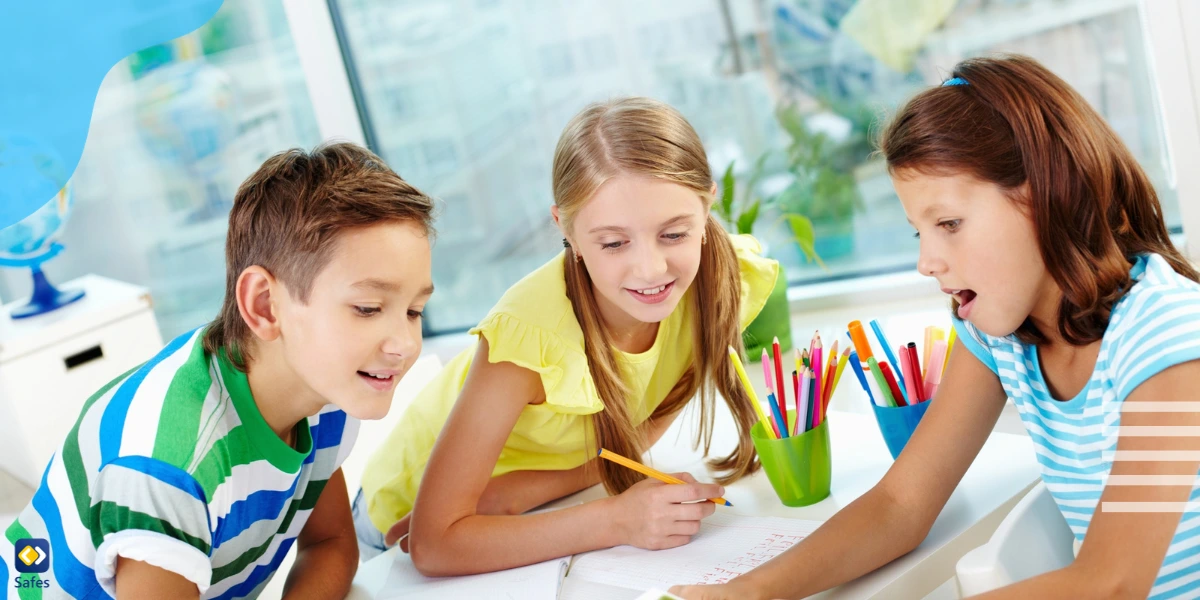
Strategies for Implementing Student-Centered Learning
Teachers should have these strategies in mind when they’re trying to implement student-centered approaches in their classrooms.
Nurturing Each Learner
Creating a supportive and inclusive atmosphere is pivotal in a student-centered classroom. It’s about recognizing and valuing the uniqueness of individual students. This approach involves tailoring teaching methods to accommodate various needs and backgrounds, ensuring every student feels valued and understood. By fostering such an environment, educators can significantly enhance students’ learning experiences, making them feel more connected and engaged with the material.
Diverse teaching methodologies are also essential in addressing the varied learning styles and preferences of students. Incorporating a mix of visual, auditory, and kinesthetic activities caters to different learning styles, ensuring that each student can engage with the material in a way that resonates with them. For instance, using choice boards allows students to select activities that best suit their learning style, while jigsaw methods encourage collaborative learning. These diverse learning activities not only make lessons more interesting but also more accessible to all students.
To consider each student’s unique way of learning, teachers should look for ways to customize their lessons. This can be done in various ways. For instance, brainstorming sessions help different students have their voices heard regarding the direction a classroom is going. Furthermore, by offering a choice board of a list of different activities, teachers support the different capabilities of different students. For example, one of the students may decide to give a presentation on the lesson’s topic, while another might find it more rewarding to create a quiz based on that.
Tech-Enhanced Learning
Leveraging technology in the classroom can significantly boost student engagement and learning. Smart boards and other devices help teachers to convey their messages more effectively and engage more senses in their teaching. There are also common tools that are specifically designed for handling digital or hybrid classrooms, such as Google Classroom.
However, using technology in classrooms is not without its problems. Even though teachers might want to have a discussion with parents about iPhone parental controls, tools like Trio Education can be instrumental in managing digital learning environments effectively. Trio Education allows educators to monitor and control the use of technology, ensuring students remain actively engaged and focused during lessons. By integrating such technology, teachers can provide a balanced digital learning experience, where technology enhances education without becoming a distraction.
Project-Based and Collaborative Learning
Let’s get real about student-centered activities. Picture this: students are up and moving, engaging in projects they care about, and the teacher is more of a coach than a lecturer. This is what a learner-centered curriculum looks like. It’s about flipping the script on the learning process, making it interactive and personal. Think projects where students can express themselves, or discussions where they’re the experts – that’s the kind of stuff that sticks. And don’t forget that
Project-based learning is where things get interesting. It’s about small groups of students diving into projects that mirror real-life challenges. They’re not just learning facts; they’re learning how to think, solve problems, and work as a team. Remember that projects and collaborations can take a lot of different forms, whether it’s a friendly role-play, a heated debate, or a fierce competition, these approaches to learning really enhance learning to something more engaging and, in the end, more rewarding.
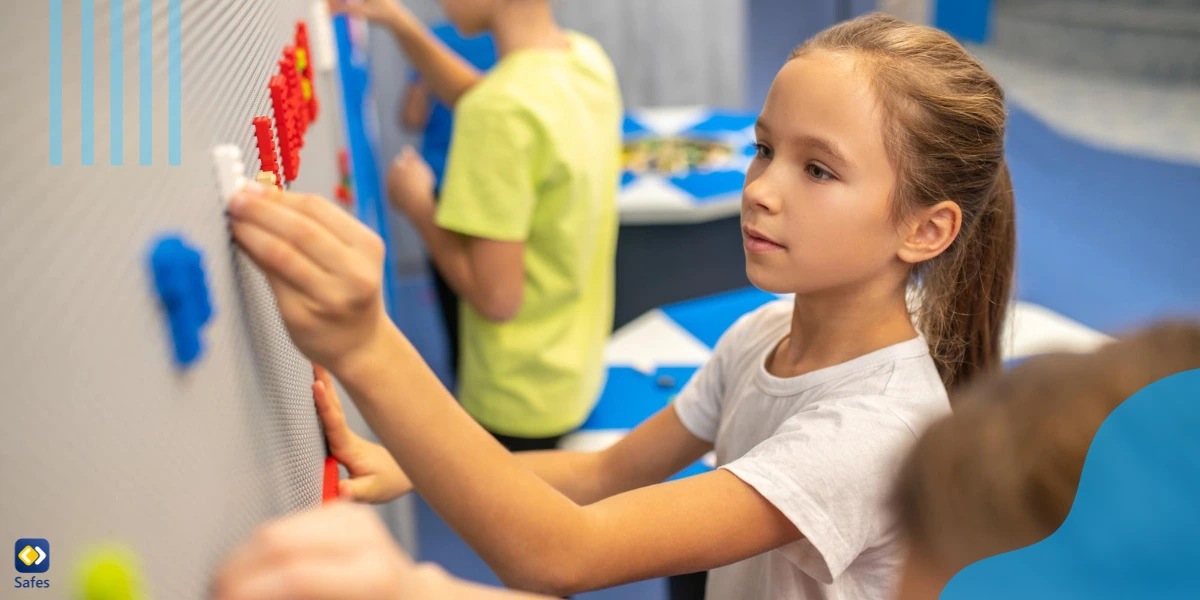
Overcoming Challenges in Student-Centered Learning
Transitioning to a student-centered classroom isn’t without its challenges. Teachers often grapple with how to encourage students who may have developed a dislike for school. The question of “why do students hate school?” is complex, but it often boils down to a lack of engagement and personal connection to the learning material. To overcome this, educators need to adopt strategies that foster a learning mindset, making the classroom an environment where curiosity and exploration are the norms.
Encouraging a learning mindset involves more than just presenting information; it’s about creating scenarios where students feel motivated to learn. This means providing learning motivation through examples and topics that resonate with their interests and experiences. By doing so, students are more likely to engage with the material, seeing it as relevant to their lives.
The Future of Learning is Student-Centered
As we wrap up our journey through the student-centered classroom, it’s clear that this approach is more than just an educational trend; it’s a meaningful shift towards empowering learners. By prioritizing student engagement, personalizing learning paths, and integrating technology, educators can create environments that not only educate but inspire. Remember, the transition to student-centered learning may have its challenges, but the rewards are immense. It’s about nurturing curious, independent thinkers prepared for the complexities of the modern world. We hope this blog post has sparked ideas and enthusiasm for those ready to transform their classrooms into hubs of active, personalized learning.
Your Child’s Online Safety Starts Here
Every parent today needs a solution to manage screen time and keep their child safe online.
Without the right tools, digital risks and excessive screen time can impact children's well-being. Safes helps parents set healthy boundaries, monitor activity, and protect kids from online dangers—all with an easy-to-use app.
Take control of your child’s digital world. Learn more about Safes or download the app to start your free trial today!
